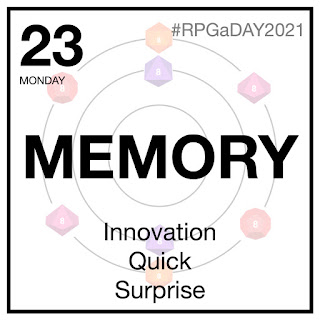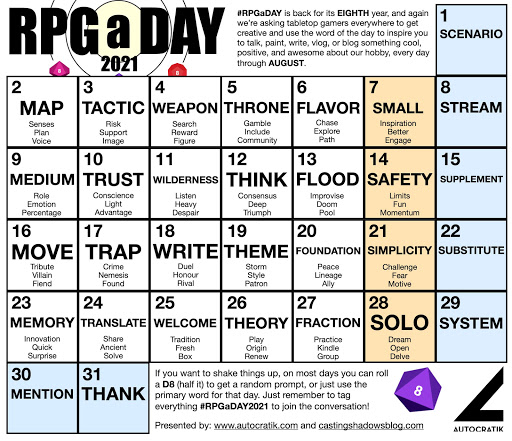Miskatonic Monday #85: The Secret of Silcestre
Between October 2003 and October 2013, Chaosium, Inc. published a series of books for Call of Cthulhu under the Miskatonic University Library Association brand. Whether a sourcebook, scenario, anthology, or campaign, each was a showcase for their authors—amateur rather than professional, but fans of Call of Cthulhu nonetheless—to put forward their ideas and share with others. The programme was notable for having launched the writing careers of several authors, but for every Cthulhu Invictus, The Pastores, Primal State, Ripples from Carcosa, and Halloween Horror, there was a Five Go Mad in Egypt, Return of the Ripper, Rise of the Dead, Rise of the Dead II: The Raid, and more...
The Miskatonic University Library Association brand is no more, alas, but what we have in its stead is the Miskatonic Repository, based on the same format as the DM’s Guild for Dungeons & Dragons. It is thus, “...a new way for creators to publish and distribute their own original Call of Cthulhu content including scenarios, settings, spells and more…” To support the endeavours of their creators, Chaosium has provided templates and art packs, both free to use, so that the resulting releases can look and feel as professional as possible. To support the efforts of these contributors, Miskatonic Monday is an occasional series of reviews which will in turn examine an item drawn from the depths of the Miskatonic Repository.
 Name: The Secret of SilcestrePublisher: Chaosium, Inc.
Name: The Secret of SilcestrePublisher: Chaosium, Inc.Author: Andy Miller
Setting: Dark Ages WessexProduct: Scenario
What You Get: Fifty-two page, 38.35 MB Full Colour PDF
Elevator Pitch: There be dwarves in them thar hills—and they be evil. Evil, I tell ye!Plot Hook: What secrets and treasures lie in Silchestre’s Roman past?Plot Support: Detailed plot, three good handouts, eight maps, seven NPCs, three Mythos entities, one Mythos tome, and four pre-generated Investigators. Production Values: Decent.
Pros
# Multiple set-ups for the scenario# Solid support for Dark Ages: Cthulhu# Decent quartet of pre-generated Investigators# Multi-factional treasure hunt# Roleplaying opportunities for negotiating with the factions# Could be adapted to other periods and settings, but not easily# Potential campaign set-up
Cons
# Requires a fair degree of set-up and exposition# All male pre-generated Investigators
Conclusion
# A treasure hunt in Merry Olde Englande# Take the treasure themselves, give it to a nickname and have juicy thoughts about making it yours, promise it to another faction. Ultimately, the outcome is down to the players.# Good support for Dark Ages: Cthulhu





















